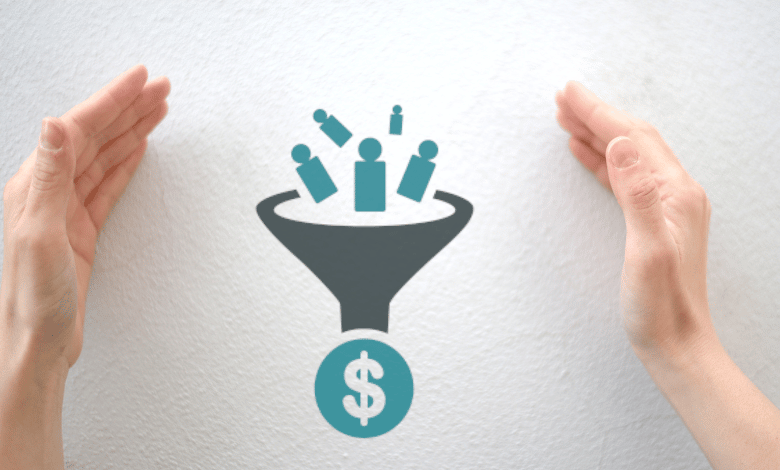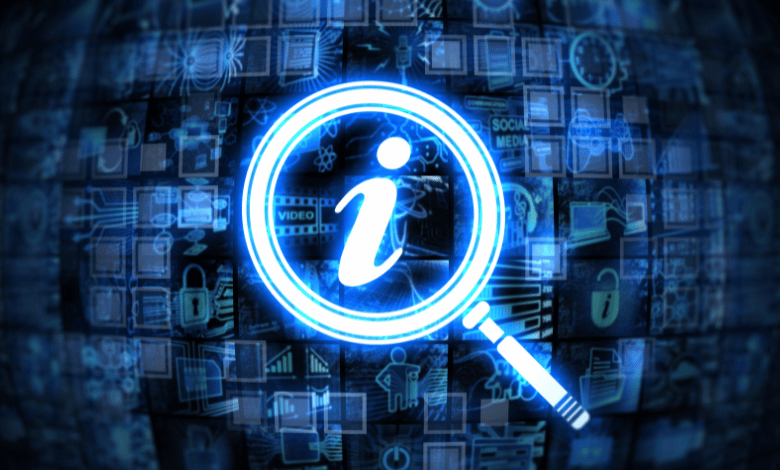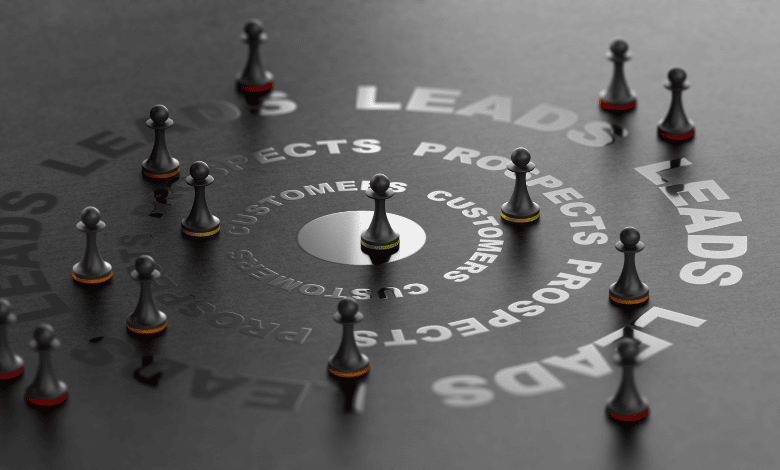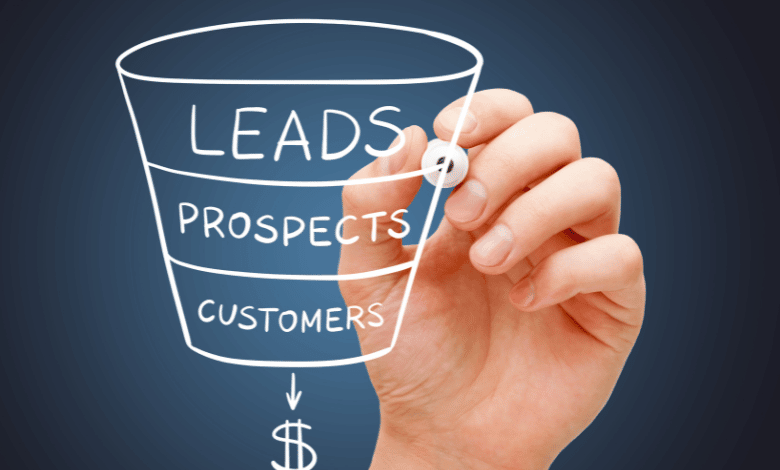Do you want to increase the automation of the successful steady flow of qualified leads? The key will be an establishment of a high-quality marketing funnel.
Therefore, this article offers a complete guide on funnel marketing and suitable steps in creating funnel marketing.
What is Funnel Marketing?
A marketing funnel is a blueprint set out by a business to steer prospective customers from their first engagement with the brand until they are paying clients. The goal of the marketing funnel is to maximize the number of customers a company acquires.
This plan typically includes paid advertisements, social media, search engine optimization (SEO), content marketing, and various other channels.
Although the idea behind them isn’t particularly complicated, marketing funnels often end up being quite complex for a variety of reasons, including the following:
-
A diverse selection of marketing avenues is available (paid ads, SEO, etc.).
-
Your clients can be experiencing a variety of problems (a businessman who requires a research tool may have varied needs from a driver who needs a research tool).
-
Every single customer has a unique level of understanding; some are familiar with your brand and are looking into other options, while others are completely unaware of any other options.
When you consider all of these factors, it’s not hard to see how the process of developing a marketing funnel may very quickly become extremely complicated.
Even if you’ve never taken the time to sit down and formally develop a marketing funnel, there’s a good chance that you unknowingly already have one in place. The truth is that most organizations use more than one sales funnel. A company may also attract potential customers by using paid advertisements, influencer marketing, or any other channel and luring people to its website through blog articles.
Now that you understand what a funnel is and how it functions, you are undoubtedly curious about how to construct one that uses the most relevant channels for your organization and isn’t overly complicated.

How will Funnel Marketing Work?
A marketing funnel works in various stages;
-
A broader section that aims at pulling a lot of people.
-
The Middle section narrows the number of interested individuals.
-
The bottom section will involve serious buyers.
Because of this, the single most essential concept to comprehend when developing a marketing or purchase funnel is the requirement to examine the process from the consumer’s point of view. Doing so will save you from having to speculate and a lot of hassles.
Therefore, let’s now look at the essential stages in creating a marketing funnel to improve your customer experience.
What Are the Keys Stages in Creating Marketing Funnel?
Recognition of the problem
The first step in purchasing is admitting that you have a problem and looking for a solution.
Why would you spend money on a solution if you don’t even realize you have an issue in the first place? You may have gum disease, but if you don’t notice or feel anything out of the norm in your mouth, you probably won’t think to look up gum disease on the internet, even if you suspect you could have it.
Suppose your furnace stops working in the thick of winter. In that case, you are immediately aware that you have a problem and will swiftly go on to the next phase (evaluating alternatives) in purchasing a new furnace. You may do some research, but given the urgent situation, you probably won’t spend too much time on it.
Additional goods or services will call for a significant amount of additional schooling. One possible illustration is the acquisition of a pharmacological remedy. In this scenario, a person may become aware of a bodily symptom (sometimes called “trouble”), yet it may continue for some time before they take action and hunt for a solution.
Searching for the information
Once you have identified the problem, you will have the urge to find the solution. As a result, this will call for searching the information that can propel you to the possible solution.
In general, the scale and scope of the purchase will dictate the tactics utilized to acquire information in a particular manner. For instance, if you become aware that you are hungry, this may prompt you to conduct a speedy search on Yelp for eateries in your neighborhood. To choose a company to hire to put in a new in-ground pool at your house, on the other hand, you will need to do some research online, make some phone calls, read reviews written by previous customers, and go to some showrooms, and chat to some salesmen.
As per Trust Radius, in 2021, over 33% of purchasers invested more time studying products before buying than they did in 2019, demonstrating that this step of the funnel is growing more in-depth. At this point, consumers aren’t seeking sponsored content; they’re trying to find out more about possible solutions to their problems.
Evaluating the options
When customers have become aware of a solution, the following stage is to contrast the various options covered in your article or advertisement. Again, the amount of time invested in this step will change depending on the acquisition.
If the customer is considering marketing automation solutions to enhance their developed sales funnel. Because participation in these programs can demand monthly contributions of up to $1,500, their evaluation procedure is likely to be significantly more meticulous and extensive. To acquire a sense of how each system would operate, they might seek free trials of the many systems they are examining, have online presentations with the staff of each company, or watch training videos.
It is important to remember that prospects who have reached this stage are more enthusiastic about purchasing a product than clients just beginning their investigation. Therefore, if you have a limited amount of resources available, there is no requirement that you begin at the top of the funnel. Instead, you can begin by focusing on prospects at the bottom of the sales funnel to ensure you achieve the most conversions possible with the least amount of work.
Purchasing decision
The choice to purchase is the logical next step after the first three phases have been completed. The potential consumer has recognized that they have an issue, researched the available solutions, and selected the most suitable one. And at this point, they are preparing to take their wallets out of their pockets.
At this point, increasing sales can be accomplished quite easily by enhancing your website’s conversion rate through conversion rate optimization or CRO.
You may also purchase your product or service a no-brainer by providing risk-free trials, money-back assurances, and other similar incentives to your potential customers.
Post-buying character
One additional point to make: Simply because a purchase has been made does not mean that the customer journey is complete. What occurs after the sale is equally as crucial as what occurs before it.
Suppose your new buyers are met with a comprehensive induction program, personalized attention, and all the information they need to utilize your service successfully. In that case, they are more certain to become regular customers and recommend you to their friends and coworkers. And when people have confidence, they are more willing to share their happiness with others through referrals and product endorsements.
However, if you disappoint your potential customer through the buying process, they will demand a refund, write negative reviews, recommend your competitor, and won’t return to your company.
If you want to ensure that your customers have a positive experience after purchasing from your company, the best content you can produce is an excellent product. Post-purchase conduct will take care of itself if you have a fantastic product that addresses an existing pain point in the market.
You can also take certain steps to help support better behavior after the purchase has been made. For instance, you may compile a list of frequently asked questions (FAQs), streamline the process of obtaining customer service or conduct surveys regarding purchasing.

What Are the Important Metrics for Marketing Funnel?
Conversion rate
This measure monitors the number of prospects that enter your funnel at any given point and the percentage of those prospects that ultimately become paying customers.
Entry source
If you are monitoring the entry source, you will get to know which marketing funnel is drawing many clients to your business.
Exiting stage
At what stage of your funnel marketing are many people leaving your plan? That means you are not offering enough information at that point.
Engagement rate
Which call-to-action is drawing many people to your funnel marketing plan? This will help you replicate the same on all your marketing plans.
Opportunity arrival rate
The opportunity arrival rate relates to your funnel’s current opportunities. Observe this rate and see how alterations to your marketing plan affect it.
Close rate
Your “close rate” is the percentage of these potential sales that you convert into completed transactions. If your closure rate is lower than expected, examine some of the other metrics you’re monitoring for suggestions on increasing the performance level of your marketing funnels.

Conclusion
Developing a marketing funnel is not a straightforward task. Still, it is one of the few possibilities to make big strides in improving the efficiency and efficacy with which you close transactions.
